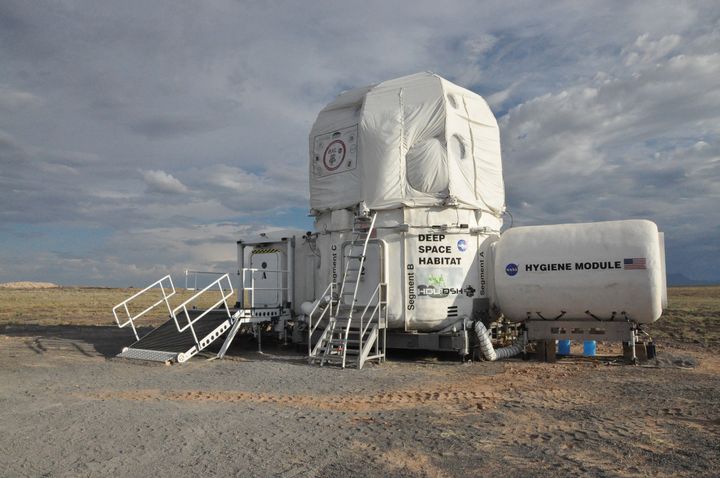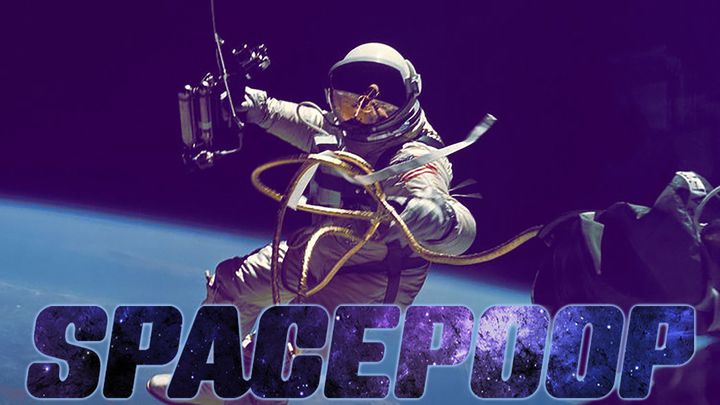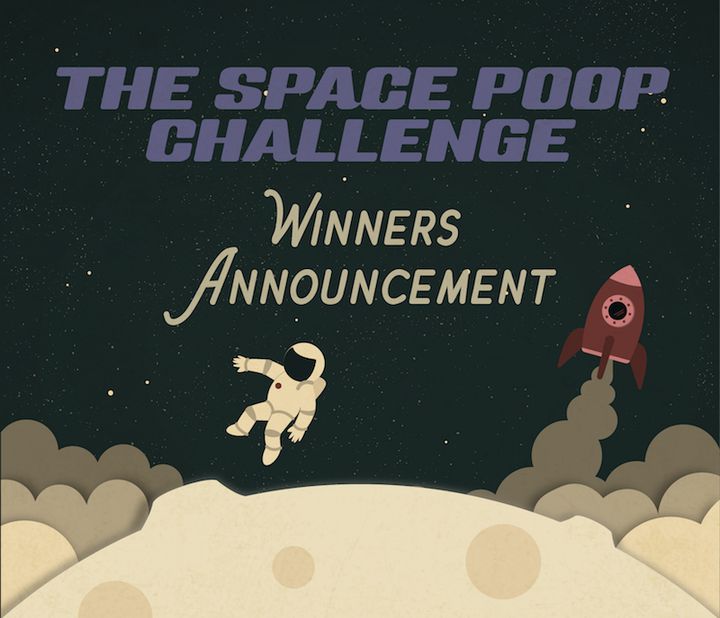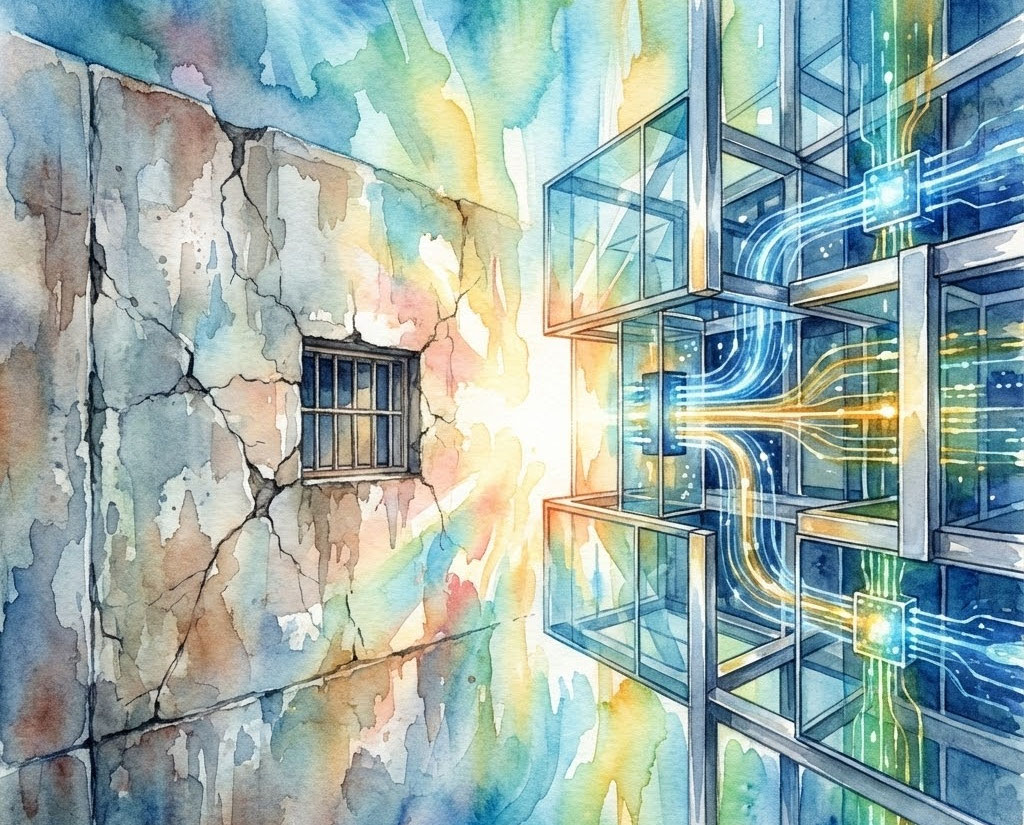
When you're far from home, it's usually necessary to take things with you that you'll need while you're out there. Food. Water. Entertainment. And if there's no housing available, you bring it along -- usually in the form of a tent. Take this situation and multiply it exponentially when you think of space. Anything that gets shipped to the moon or Mars requires a rocket ride. Which is expensive, complicated and dangerous.
Lately, NASA and other space agencies have been craving something different. The rise of 3D printing makes it possible to, say, create a tool on the ground and then send up the instructions to the International Space Station to get it printed. There is one ISS printer right now, still in testing phase, but with the station going until perhaps 2024 there's some time to figure out how well it works.
NASA is now hoping to challenge people to think even more broadly. Sure, it's neat to 3D print a tool or maybe some food, but what about an entire freaking habitat? That's the goal of the 3D Printed Habitat Challenge, which was released earlier this month in collaboration with the National Additive Manufacturing Institute (also known as American Makes). NASA hopes to use the idea for future Mars exploration.
The competition is $2.25 million and has several stages to it; the official site is here for those who are interested in entering. This summer will see a few initial designs put to the test. Specifically, participants are supposed to have their ideas ready in time for the 2015 World Maker Faire in New York, which will be where the $50,000 prize is awarded to the top of 30 participants there.
After that, a Structural Member Competition (Level 1) focuses on how to create building components from materials (ideally local materials or recyclables). At Level 2, participants will create the habitat itself. You'll have to wait until Sept. 26 to register for these competitions, but the prize will be worth the wait: $1.1 million each.
"Shelter is among the most basic and crucial human needs, but packing enough materials and equipment to build a habitat on a distant planet would take up valuable cargo space that could be used for other life-sustaining provisions," NASA wrote in a press release. "The ability to manufacture a habitat using indigenous materials, combined with material that would otherwise be waste from the spacecraft, would be invaluable."
"Winning concepts and products will help NASA build the technical expertise to send habitat-manufacturing machines to distant destinations, such as Mars, to build shelters for the human explorers who follow," the agency added. "On Earth, these capabilities may be used one day to construct affordable housing in remote locations with limited access to conventional building materials."
Delving into the rules shows how complicated the challenge will be. The habitat will need to accommodate four astronauts (that includes showering, sleeping, using the toilet, cooking and more), of about 1,000 square feet. Don't forget that the design must include an environmental control and life support system so the astronauts can keep breathing.
Once the habitat idea is together, competitors must also think about exactly where on Mars it would go. That's no easy challenge, as high altitudes at Mars are even harder to live at in their low atmosphere than low ones. Finding an area that is flat enough and safe enough will be a considerable barrier. And as historians of Mars landings know, it takes a heck of a lot of ingenuity to get heavier payloads on the surface, due to the thin atmosphere. Look at how complicated the landing sequence was for the Mars Curiosity rover in 2012, for example.
NASA isn't the only space agency thinking about 3D printing. Back in 2013, the European Space Agency announced that it was working with architects Foster + Partners to see how possible it is to create structures from lunar soil, also called regolith. The resulting dome design saw a cell-like wall that was supposed to be resiliant against space radation (since the moon has no notable atmosphere to filter it) and micrometeroids (small particles travelling at high speed, which can puncture a spacecraft.)
“3D printing offers a potential means of facilitating lunar settlement with reduced logistics from Earth,” said Scott Hovland of ESA’s human spaceflight team at the time, in a statement. “The new possibilities this work opens up can then be considered by international space agencies as part of the current development of a common exploration strategy.”
As the new NASA competition is still in its early stages, it's hard to predict how successful the participants will be at meeting the agency's goals for Mars exploration. But who knows, perhaps the design will end up being the great-granddaddy/grandmommy of whatever habitats are constructed on Mars in the next few decades to shelter astronauts. How would you do it?
Top image: NASA has a lot of ideas for deep-space habitats. Could 3D printing make them even better? Credit: NASA








